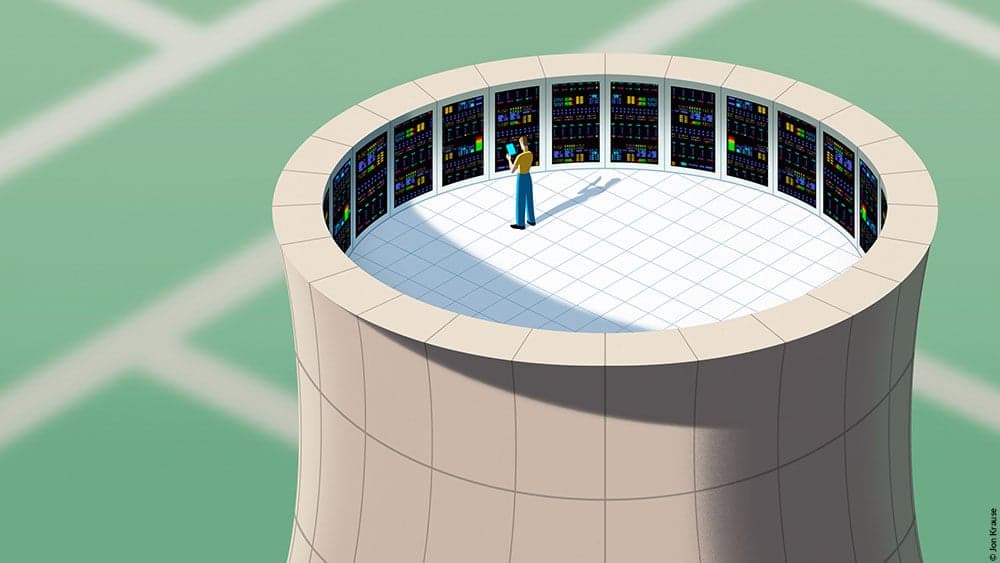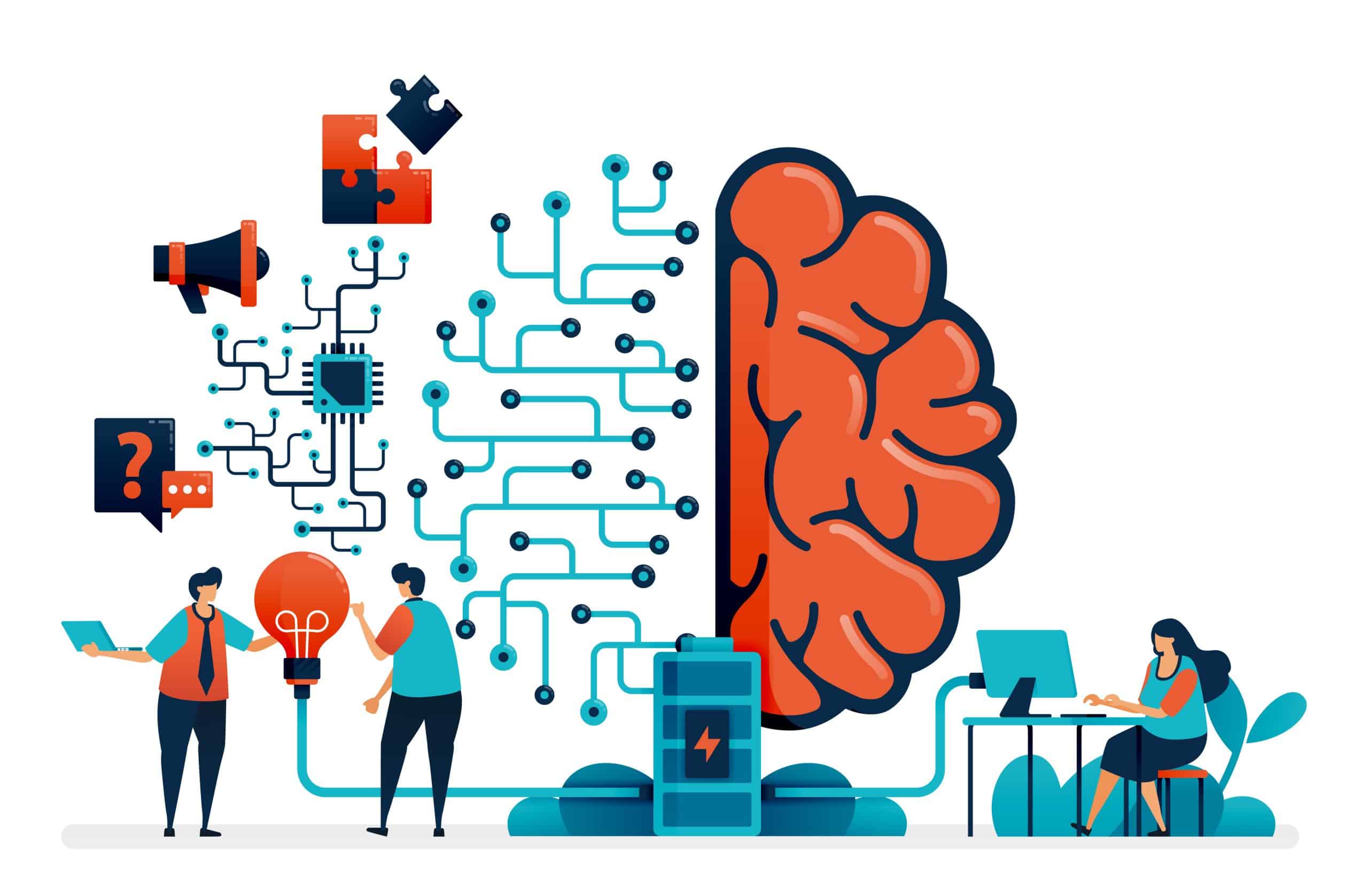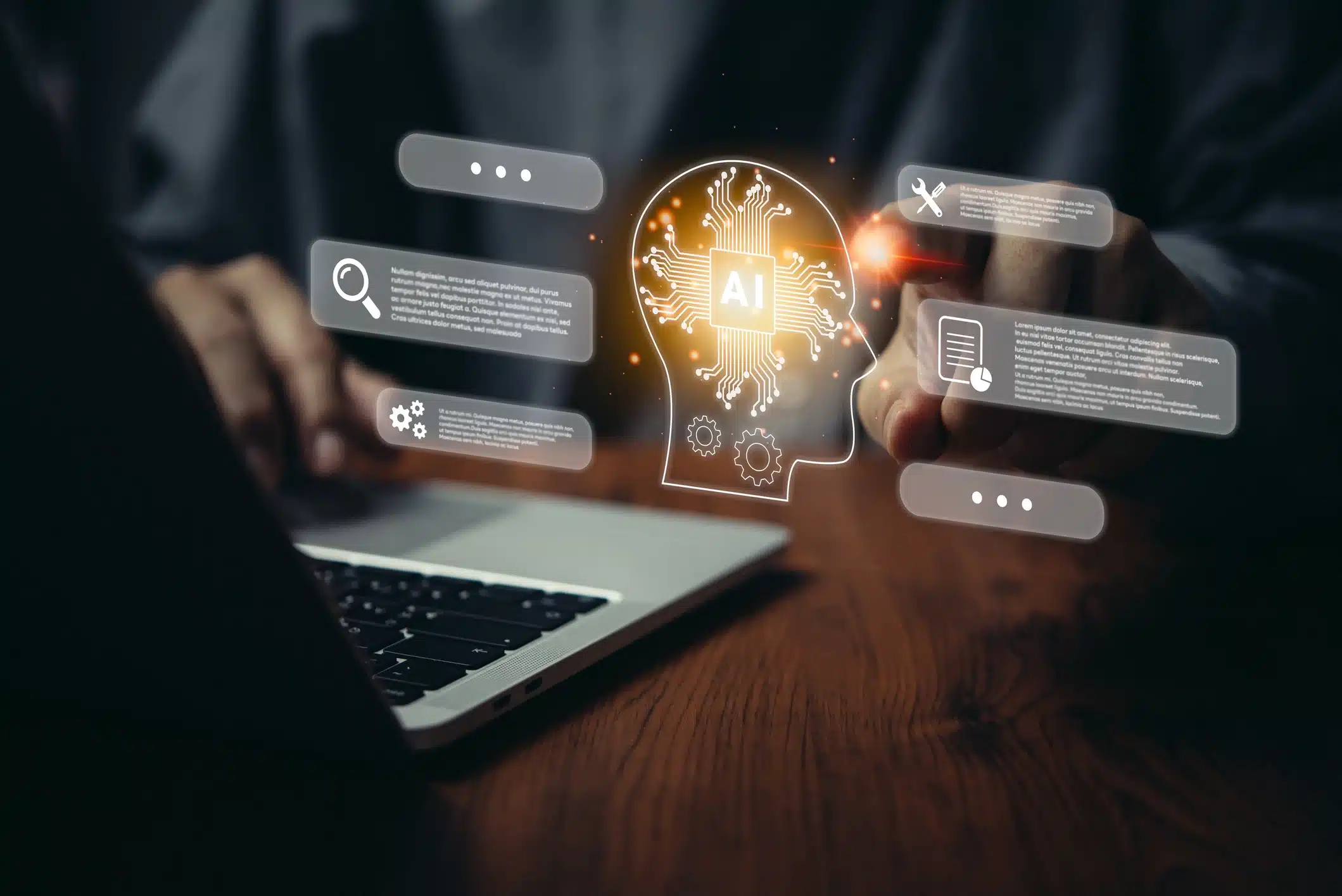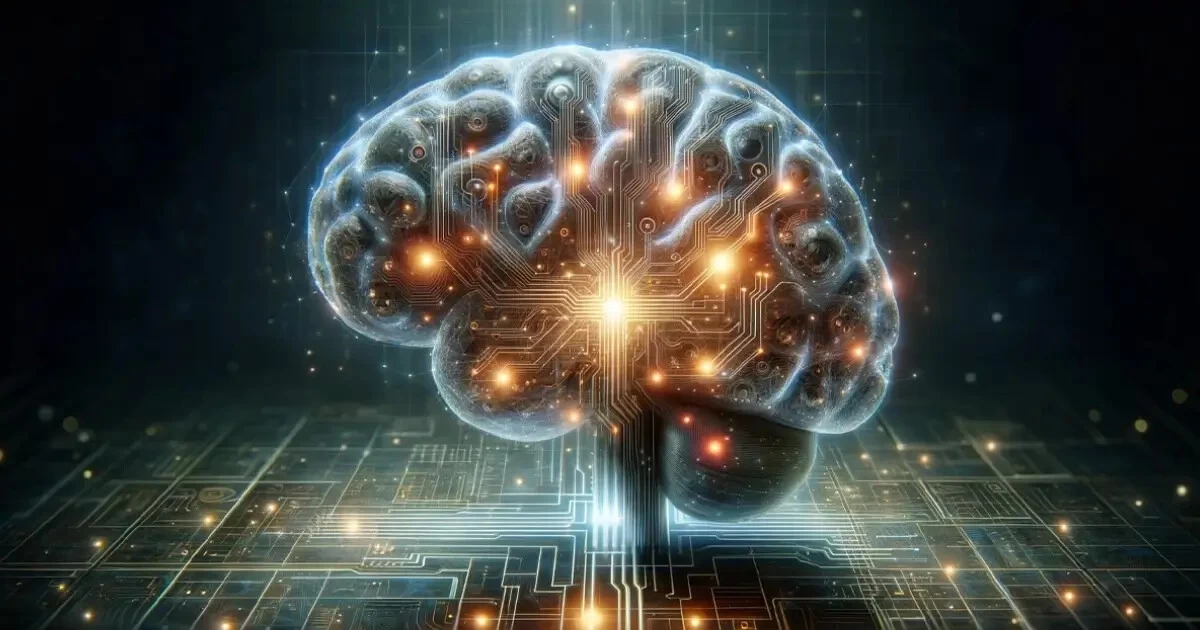- 💡 AI demand is driving a nuclear power resurgence.
- 🚀 Oklo’s client demands have surged significantly.
- 📈 Nuclear stocks present a mixed performance in the market.
- 🔋 Data centers’ power needs are spurring nuclear investments.
- 🌐 Major tech companies are betting on nuclear power.
- 🏭 Small modular reactors could benefit data centers post-2030.
- 💰 Rising uranium prices pose a challenge for nuclear fuel.
- 🔧 AWS and Constellation Energy are discussing a direct nuclear power deal.
- 🏗️ Clean energy goals are integrating nuclear solutions.
- 🌿 AI expansion aligns with carbon reduction initiatives.
- 🔋 Solar and natural gas are also vying for data center energy deals.
- ⚡ The current electric grid infrastructure needs significant upgrades.
- 🌍 The nuclear industry’s image and safety concerns persist.
- 🏢 Companies like Microsoft and Google aim for net-zero emissions by 2030.
- 📉 Data centers’ increasing power consumption impacts carbon footprint.
- 🔄 Diverse energy sources are essential for future grid stability.
The intersection of artificial intelligence and nuclear power is creating unprecedented opportunities and challenges in the energy sector. With tech giants like Microsoft, Amazon, and Google making significant moves towards nuclear energy, the stage is set for what many are calling a “nuclear renaissance.” This blog post delves into how this resurgence is taking shape and the various factors driving it.
The AI Demand Driving a Nuclear Resurgence
Artificial intelligence has become a catalyst for skyrocketing energy demands, particularly in data centers that run resource-intensive AI applications. The International Energy Agency reports that the number of data centers has doubled since 2015, anticipating a 10% annual growth in energy consumption through 2030. This immense need for electricity has put nuclear power back in the spotlight as a viable, low-emission solution.
Oklo’s Meteoric Rise
Oklo, a nuclear power startup led by Sam Altman, has seen a staggering increase in client demand. Initially, the company negotiated deals to supply a few megawatts of power but now faces demands for up to 1,000 times that amount. This rapid scaling is a testament to the high stakes and urgent needs surrounding AI’s electricity consumption.
Mixed Performance in Nuclear Stocks
While Oklo’s potential is promising, its stock performance tells a different story. As of now, Oklo’s shares are trading below their IPO price. However, other companies in the nuclear sector like Constellation Energy and Vistra have seen their stocks soar, up by 88% and 139% respectively in 2024. This disparity highlights the calculated risks and varied investor confidence in nuclear technology.
Why Data Centers are Turning to Nuclear
Data centers are energy-intensive operations, consuming around 4% of total U.S. electricity in 2022, with projections indicating an increase to 6% by 2026. Major tech corporations are investing heavily in nuclear power to meet these demands. For instance, Microsoft inked a deal with Constellation Energy for carbon-free electricity to power its data centers, and Amazon is planning a massive investment in a nuclear-powered data center campus.
Tech Giants Betting on Nuclear Energy
Microsoft, Amazon, and Google are placing substantial bets on nuclear power, amplifying investment in the sector. Jeff Bezos has already funneled over $130 million into General Fusion, while Google has participated in a $250 million fundraising round for TAE Technologies, a nuclear fusion startup. These investments are aligned with their broader clean energy goals, aiming to achieve net-zero emissions within the next decade.
The Role of Small Modular Reactors (SMRs)
Small Modular Reactors (SMRs) are being touted as the future of nuclear energy, especially for data centers. Their potential to provide consistent, uninterrupted power without the need for extensive external connections makes them particularly appealing. However, experts suggest that SMRs may not play a significant role until the 2030s due to the lengthy development process.
Challenges of Rising Uranium Prices
The future of nuclear energy isn’t without its challenges. Uranium prices are projected to climb significantly, complicating the fuel supply for new nuclear plants. Moreover, geopolitical tensions have effectively prohibited Russian uranium imports, making it essential for the U.S. to ramp up its domestic enrichment capabilities.
Clean Energy Goals and Nuclear Integration
The shift towards nuclear energy is part of a broader strategy to meet ambitious clean energy objectives. Microsoft and Google have set goals to achieve net-zero emissions by 2030. Similarly, steel producer Nucor has invested in nuclear technologies to help it achieve carbon-emission-free operations by 2050.
Bridging Power Solutions
While nuclear power holds promise, natural gas and solar energy are also vying for space in the data center’s energy mix. Natural gas could add 40 gigawatts of generating capacity in the next decade, while solar energy is poised to contribute 30-40 gigawatts annually. These diverse energy sources will play critical roles in bridging the gap until more nuclear solutions come online.
The Grid Infrastructure Challenge
Even as the push for nuclear energy intensifies, the inadequacies of the current electric grid loom large. Upgrading the grid to handle increased loads from AI and data centers is a significant hurdle that could take over a decade to resolve. Proactive steps are essential for ensuring that the grid can meet future energy demands without compromising reliability.
The Image and Safety Concerns of Nuclear Power
Despite its potential, nuclear power continues to carry historical baggage. Incidents like Three Mile Island, Chernobyl, and Fukushima cast long shadows, affecting public perception and regulatory scrutiny. Addressing these concerns through transparent practices and robust safety measures will be crucial for the long-term success of nuclear energy.
Conclusion: The Way Forward
The nuclear renaissance driven by AI and tech companies is a complex yet exciting development. With ongoing investments, ambitious clean energy goals, and the promise of small modular reactors, the future of nuclear energy looks promising. However, addressing challenges like rising uranium prices and grid infrastructure upgrades will be key to sustaining this momentum.







